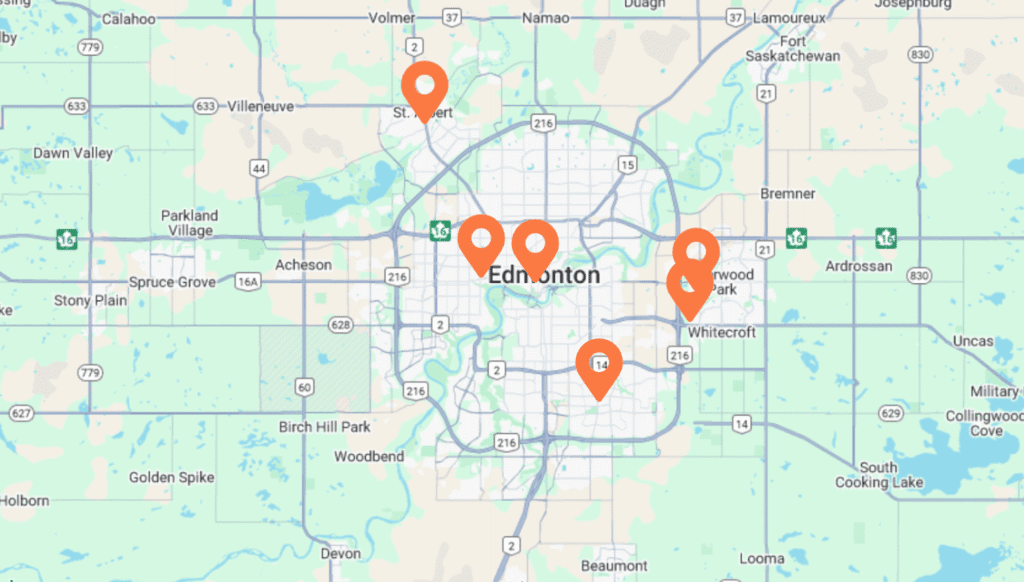
August 9, 2023
Vaginal Health and Menopause
People often think of Menopause as hot flashes, night sweats and mood swings, but there are many other changes that happen to a woman's body during menopause.
Hormones regulate various biological activities, including growth, development, reproduction, energy use and storage, and water and electrolyte balance. They are molecules that act as chemical messengers in the body’s endocrine system. Hormones are produced by specific organs and glands and are secreted into the blood or other bodily fluids. Most hormones are carried by the circulatory system to different areas, influencing particular cells and organs.
Progesterone
Progesterone is a steroid hormone produced in the ovaries, brain, adrenal glands, and placenta during pregnancy. Progesterone’s primary role is to block excess estrogen activity in the body, making several benefits, including:
Progesterone plays its role in the second half of the menstrual cycle. On day 14 of the menstrual cycle, progesterone production increases. This signals the body to develop more blood vessels in the uterus. In the event of pregnancy, these additional blood vessels allow for the early growth of an embryo. Progesterone levels are widespread to fall from age 25-to 50, while estrogen production remains stable. This creates a situation of estrogen dominance, the most common hormone imbalance in cycling women. Progesterone deficiency symptoms are the same symptoms that occur with estrogen dominance.
What if I don’t have enough progesterone?
Some signs of low progesterone levels include:
Estrogens
Estrogens are a group of steroid compounds mainly produced by follicles in the ovaries during a woman’s reproductive years. Estrogen is responsible for women’s “feminine” features and has acted in 300 tissues of the body. Some of the things estrogen controls include:
Estrogen production in women is usually well maintained until menopause. Once menopause happens, the symptoms of estrogen deficiency typically develop.
There are three major naturally occurring estrogens in the body that are worth mentioning in greater detail: Estrone (E1), Estradiol (E2), and Estriol (E3).
ESTRONE (E1) is mainly produced after menopause. It is the most harmful estrogen, and higher levels are linked to an increased risk of breast and uterine cancer. It comes from the liver, adrenal glands, fat tissue and breasts. It has the potential to convert to Estradiol giving relief from menopausal symptoms. However, if you are suffering from either adrenal fatigue or liver stress, symptoms can worsen as your body is not producing adequate levels. This estrogen is not used in Bio-Identical Hormone Replacement Therapy (BHRT) preparations.
ESTRADIOL (E2) is the primary female sex hormone, produced mainly in women. It is the primary driver of body shape development, including breast development. Estradiol also affects bone density, skin elasticity and firmness, and growth of the reproductive organs. Estradiol levels can be used to check the function of the ovaries and adrenal glands. This primary hormone relieves menopausal symptoms and is used in BHRT.
ESTRIOL (E3) is produced in tiny quantities typically. However, during pregnancy, Estriol becomes the most produced hormone. Unlike Estrone (E1), it cannot convert to Estradiol. Research shows that higher levels of Estriol are associated with decreased risk of breast cancer.
What if I don’t have enough estrogen?
When a woman’s estrogen levels drop such as during menopause, they may experience:
BHRT may be an option to help women who have symptoms associated with hormone levels that are low or otherwise unbalanced. If you have reached a point in your life where you feel like you’ve changed and are experiencing symptoms usually associated with aging, you may be a good candidate for BHRT.
Talk to one of our pharmacists to learn more about BHRT or to be connected with a BHRT clinician.
From hormone balance, over gut health, to overall wellness. Stay informed with tips from our pharmacists at Dispensaries Ltd.

We’re proud to serve communities across the region and throughout Alberta with care and convenience.
Each of our stores is staffed by knowledgeable, compassionate professionals ready to help you with everything from compounding pharmacy services to supplement guidance and beyond.